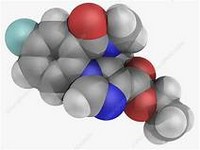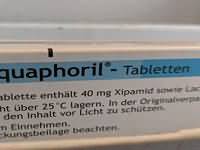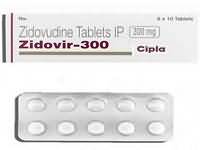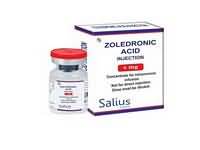Flumazenil

Flumazenil
CLINICAL USE
Reversal of sedative effects of benzodiazepines in anaesthetic, intensive care, and diagnostic proceduresDOSE IN NORMAL RENAL FUNCTION
Initially 200 micrograms over 15 seconds, then 100 micrograms at 60 second intervals if required; usual dose range 300–600 micrograms; maximum dose 1 mg, or 2 mg in intensive care situationsIf drowsiness recurs, anIV infusion
of 100–400 micrograms per hour may be givenPHARMACOKINETICS
DOSE IN RENAL IMPAIRMENT
GFR (mL/MIN)
DOSE IN PATIENTS UNDERGOING RENAL REPLACEMENT THERAPIES
IMPORTANT DRUG INTERACTIONS
Potentially hazardous interactions with other drugsADMINISTRATION
Reconstition
–Route
IV injection,IV infusion
Rate of Administration
See ‘Dose in normal renal function’Comments
Infusion: suitable diluents include sodium chloride 0.9%, sodium chloride 0.45% and glucose 5%OTHER INFORMATION
The half-life of flumazenil is shorter than those of diazepam and midazolam – patients should be closely monitored to avoid the risk of them becoming re-sedated
See how to identify renal failure stages according to GFR calculation
See how to diagnose irreversible renal disease
Home






